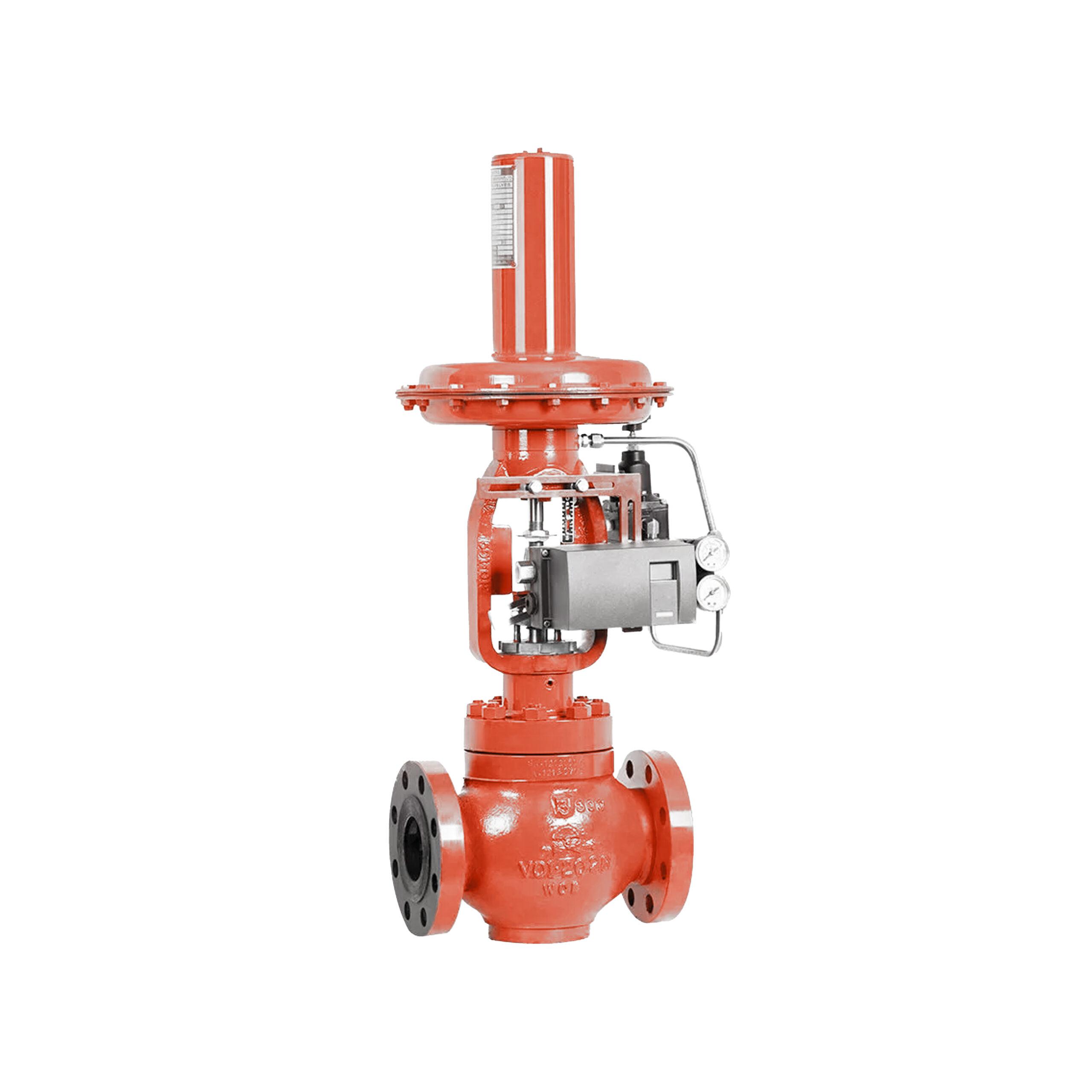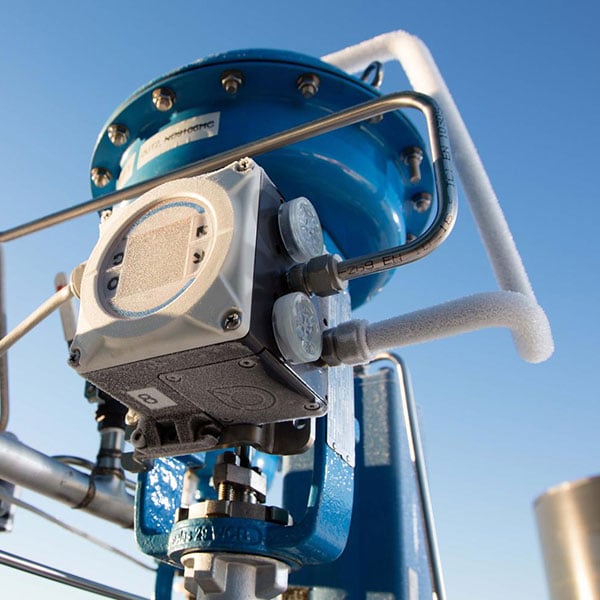The Duty of Control Valves in Fluid Flow Monitoring Systems
The Duty of Control Valves in Fluid Flow Monitoring Systems
Blog Article

Maximize Power Cost Savings and Comfort With Advanced Structure Automation Controls
In the world of contemporary style and facility management, the integration of sophisticated building automation controls stands as a pivotal development. By using the power of automation, buildings can adjust, respond, and advance in methods that were once inconceivable.
Power Efficiency Perks
Energy efficiency benefits can dramatically minimize energy consumption and functional prices in structures. Energy-efficient systems, such as advanced building automation controls, can maximize the usage of resources like lights, home heating, and air conditioning, leading to reduced energy expenditures over time.
Furthermore, improved power efficiency can prolong the life-span of structure tools and systems. By running extra effectively, cooling and heating systems, lighting fixture, and other structure elements experience less damage, resulting in decreased maintenance and replacement prices. Furthermore, energy-efficient buildings frequently command higher residential property worths and rental prices, giving long-lasting economic benefits to proprietors.
In addition, power efficiency can enhance occupant comfort and performance. Properly managed interior settings with optimum lighting and thermal conditions create an even more favorable and pleasant work area, leading to enhanced worker complete satisfaction and efficiency. On the whole, the power performance benefits linked with sophisticated building automation controls are complex, incorporating cost financial savings, environmental stewardship, and passenger health.
Improved Convenience Control
Enhancing comfort control in building environments needs an innovative integration of sophisticated automation systems for optimal occupant health. By making use of sophisticated structure automation controls, facilities can customize the indoor atmosphere to fulfill the specific demands and choices of occupants. These systems allow specific law of lighting, temperature level, and ventilation, producing a efficient and comfortable environment. Passenger satisfaction and performance are closely linked to thermal comfort, making it necessary to have systems in position that can adapt to transforming conditions in real-time.
Enhanced convenience control goes beyond basic temperature adjustments. It consists of functions such as customized settings, tenancy sensors, and natural light usage to develop a vibrant and receptive setting. By including these sophisticated controls, buildings can not just enhance comfort yet also enhance energy effectiveness by optimizing system operations based on real occupancy and usage patterns. Inevitably, focusing on passenger convenience with innovative automation systems leads to a much more satisfying and much healthier indoor setting.
Functional Effectiveness Improvements

Moreover, the implementation of real-time surveillance and analytics devices makes it possible for structure drivers to recognize power ineffectiveness and operational abnormalities without delay. By continually keeping track of energy usage patterns and system performance metrics, adjustments can be made in real-time to enhance power usage and guarantee peak functional effectiveness. control valves. Furthermore, incorporating demand action methods right into structure automation controls can better enhance functional performance by dynamically adjusting power use based upon grid Visit Website conditions and prices signals
Indoor Climate Optimization
Effective interior environment optimization is an essential facet of building automation controls, guaranteeing occupants' convenience and health while making best use of energy financial savings. By making use of innovative sensing units and controls, building automation systems can continuously keep track of and change temperature level, humidity degrees, air top quality, and air flow to develop an optimum interior environment. Preserving constant and comfy problems not only boosts occupant fulfillment but additionally enhances productivity and general health.
Indoor climate optimization additionally plays an essential duty in power effectiveness. By fine-tuning ventilation, home heating, and air conditioning systems based upon real-time data and tenancy patterns, constructing automation controls can dramatically reduce energy intake - control valves. For instance, carrying out strategies such as demand-controlled ventilation and thermal zoning can help lessen energy waste while guaranteeing that each area of the structure gets the required conditioning.

Lasting Setting Production
Structure automation regulates not only optimize interior environment problems for power efficiency and owner comfort yet additionally lay the foundation for creating a lasting setting with strategic administration of systems and sources. By incorporating sophisticated structure automation technologies, such as sensors, actuators, and smart software application, centers can adjust and check power usage in real-time to decrease waste and decrease their carbon impact. These systems make it possible for anticipating upkeep, identifying possible problems before they escalate and maximizing devices efficiency to boost long life and performance.
Moreover, sustainable atmosphere creation expands past energy management to include water conservation, waste decrease, and interior air quality renovation. Building automation controls can control water usage, identify leakages, and guarantee appropriate garbage disposal techniques, contributing to overall sustainability initiatives. Furthermore, by keeping an eye on and managing ventilation and filtration systems, these innovations improve occupant wellness and performance while decreasing energy usage related to HVAC operations.
Final Thought
In conclusion, progressed structure automation controls deal considerable benefits in terms of power financial savings, convenience control, operational performance, interior environment optimization, and producing a lasting atmosphere. By carrying out these controls, structures can accomplish optimal efficiency while reducing energy consumption and enhancing passenger convenience. It is obvious that the use of innovative automation technology is essential in enhancing building efficiency and creating a more lasting future.
Energy official website efficiency advantages can significantly minimize energy consumption and operational prices in structures. On the whole, the power effectiveness advantages associated with sophisticated building automation controls are diverse, incorporating price financial savings, ecological stewardship, and resident health.
Additionally, integrating demand response approaches into building automation controls can even more improve operational effectiveness by dynamically adjusting energy use based on grid conditions and pricing signals.
Building automation manages not only maximize interior climate conditions for power effectiveness and resident convenience yet additionally lay the structure for producing a lasting atmosphere with strategic management of systems and resources.In verdict, progressed building automation controls offer considerable advantages in terms of energy savings, comfort control, operational efficiency, indoor environment optimization, and producing a lasting environment.
Report this page